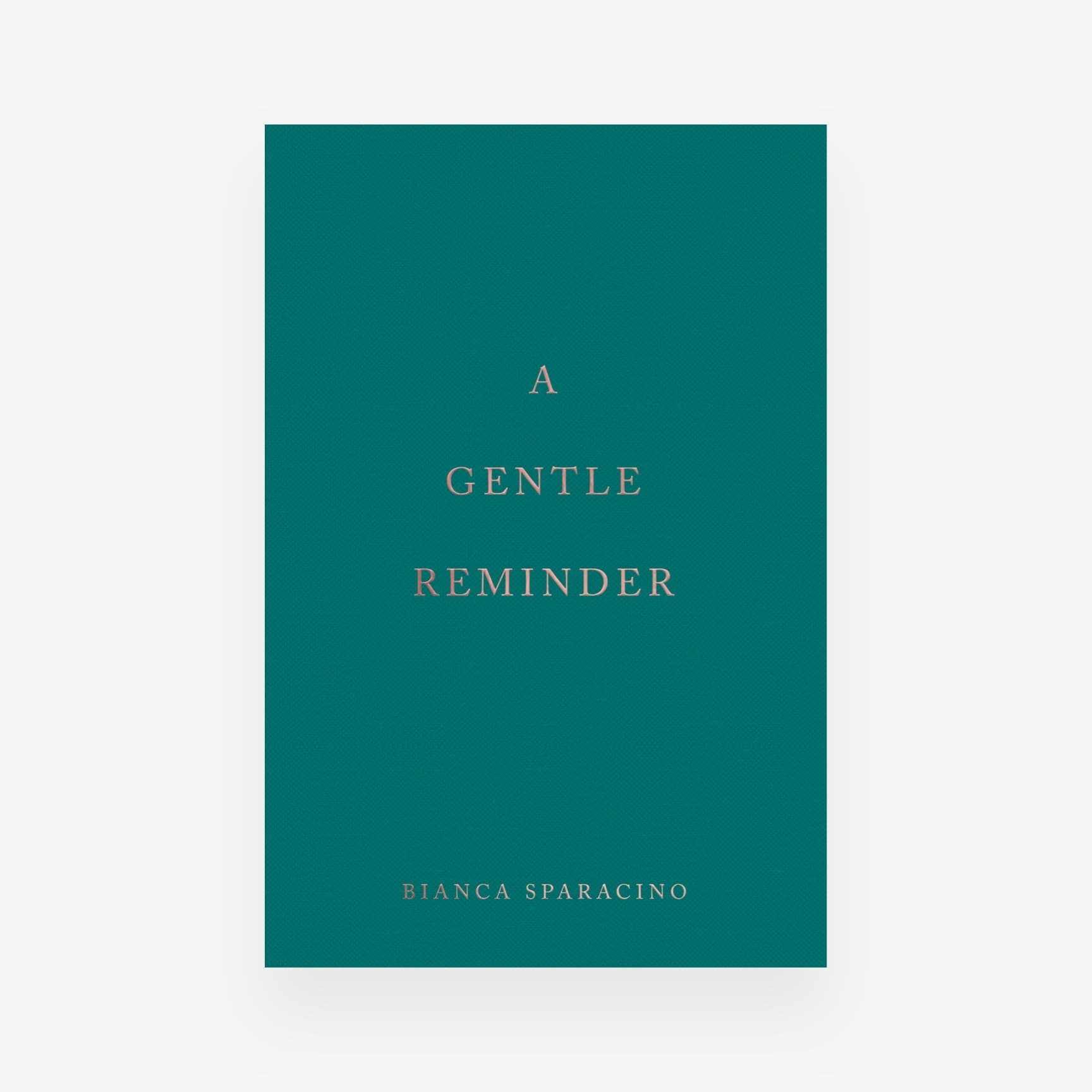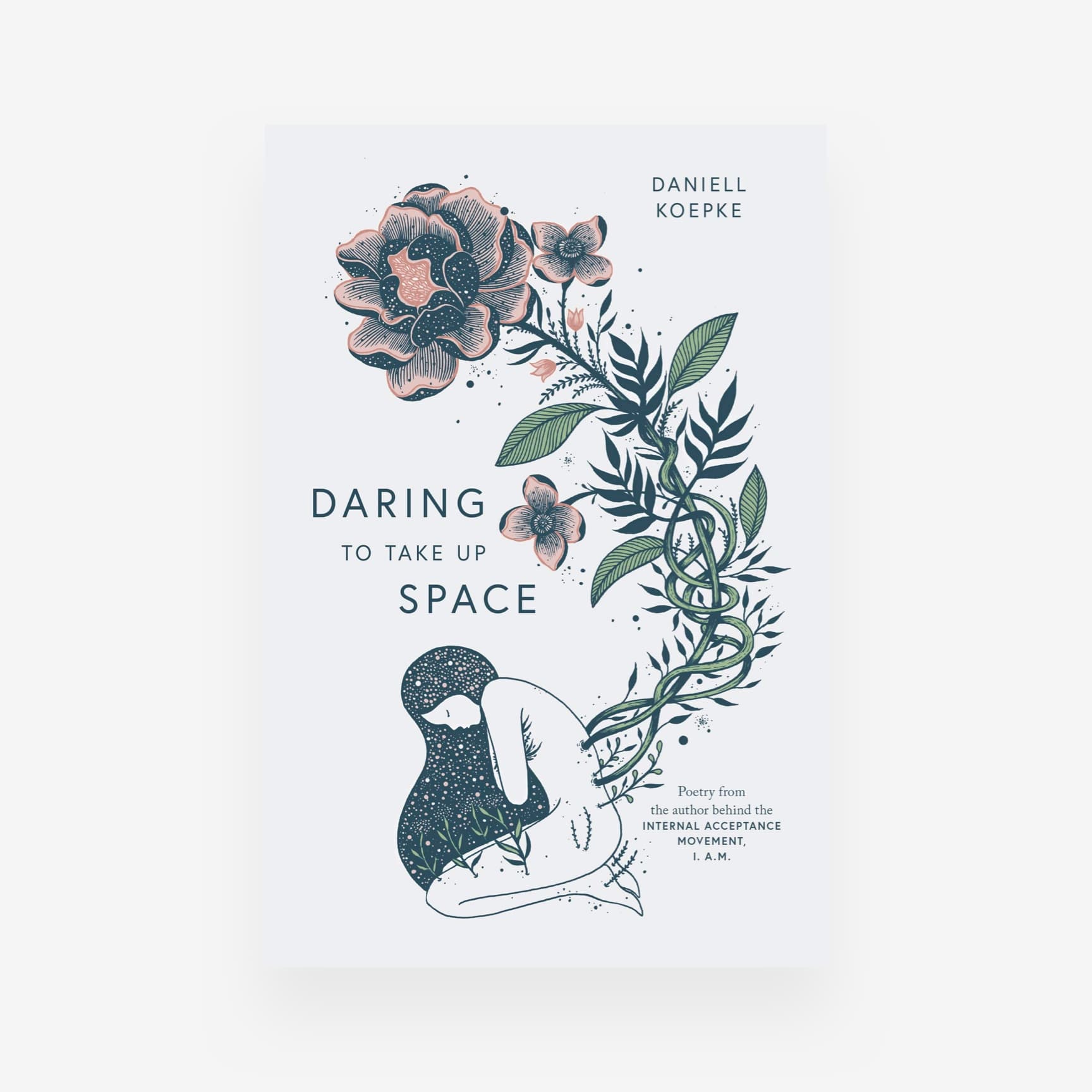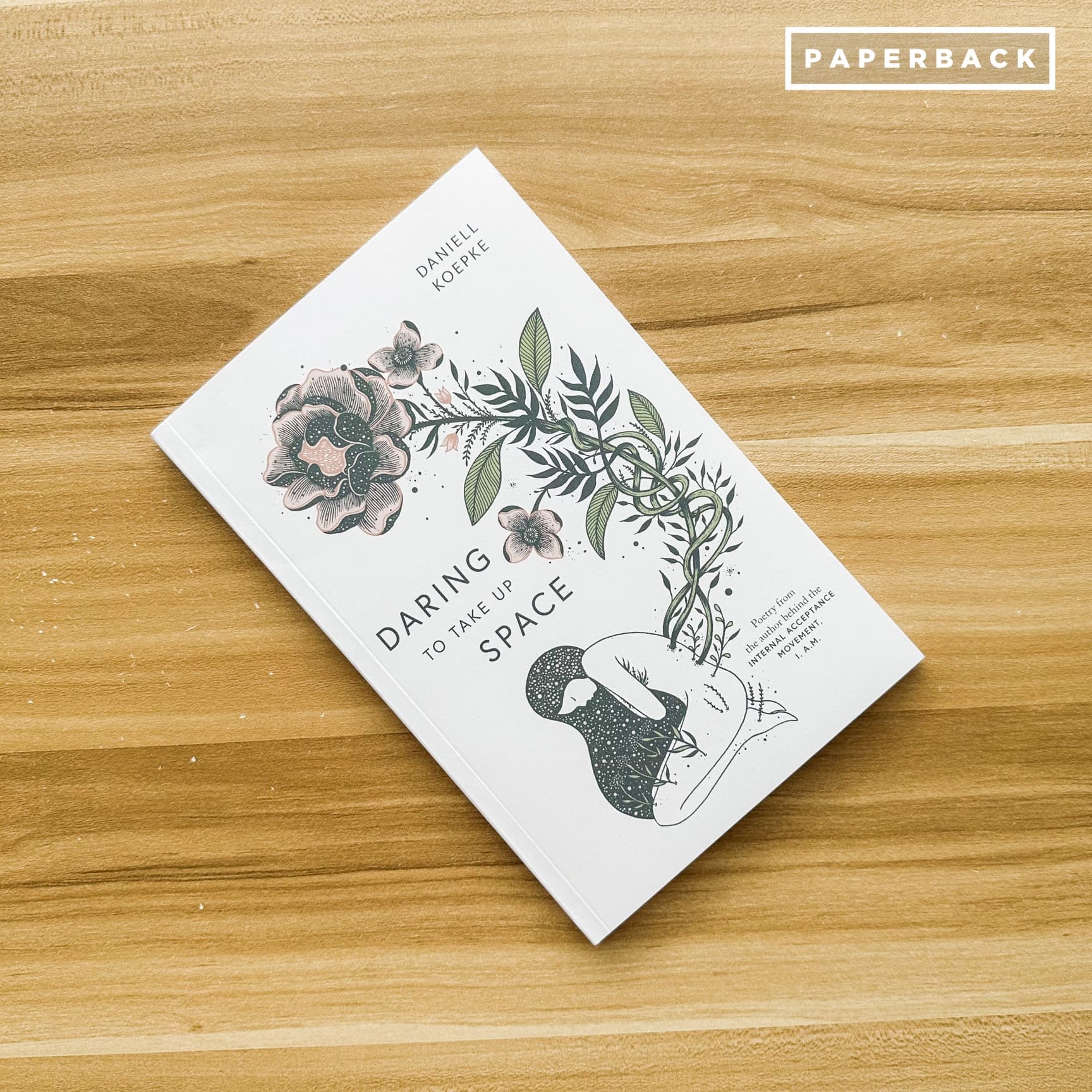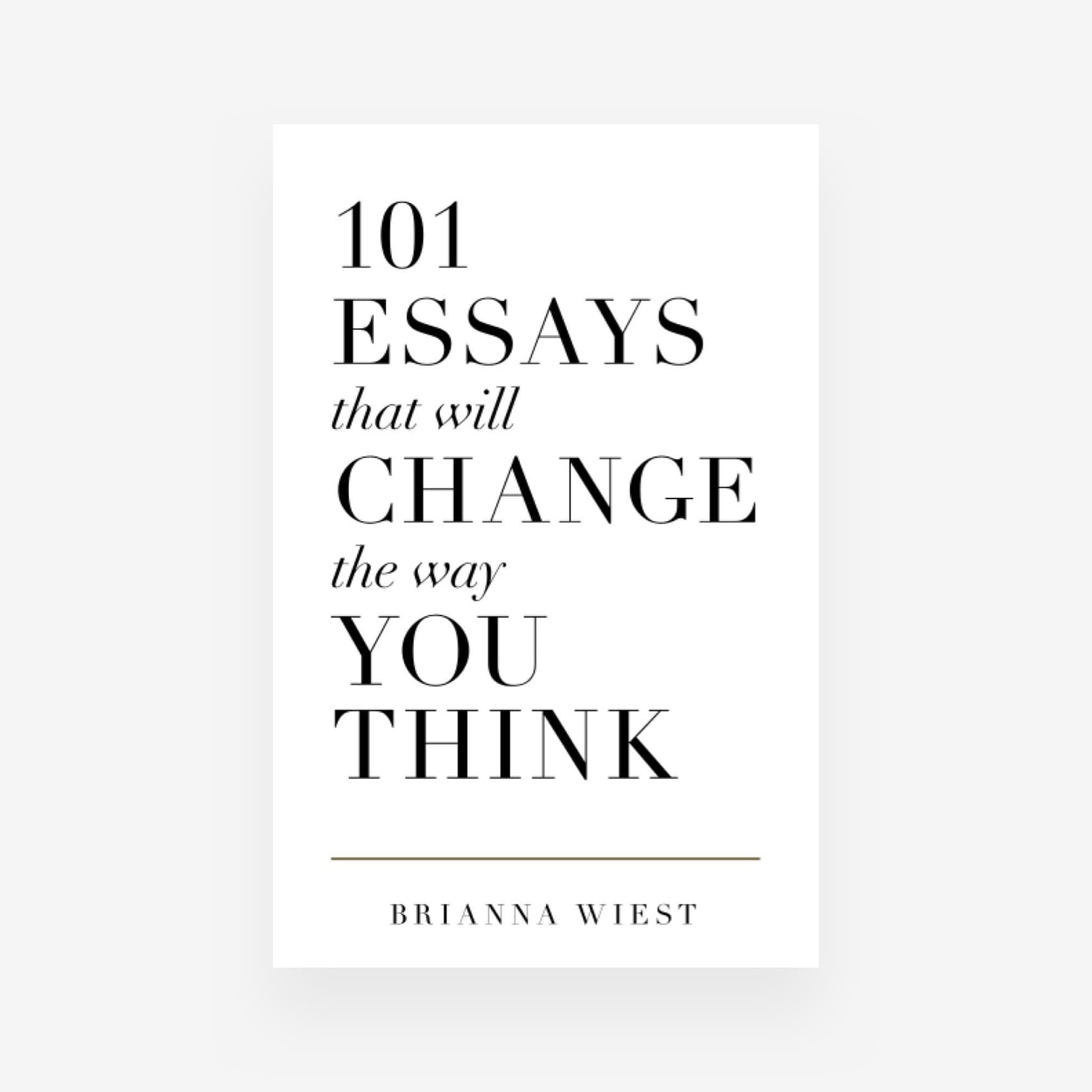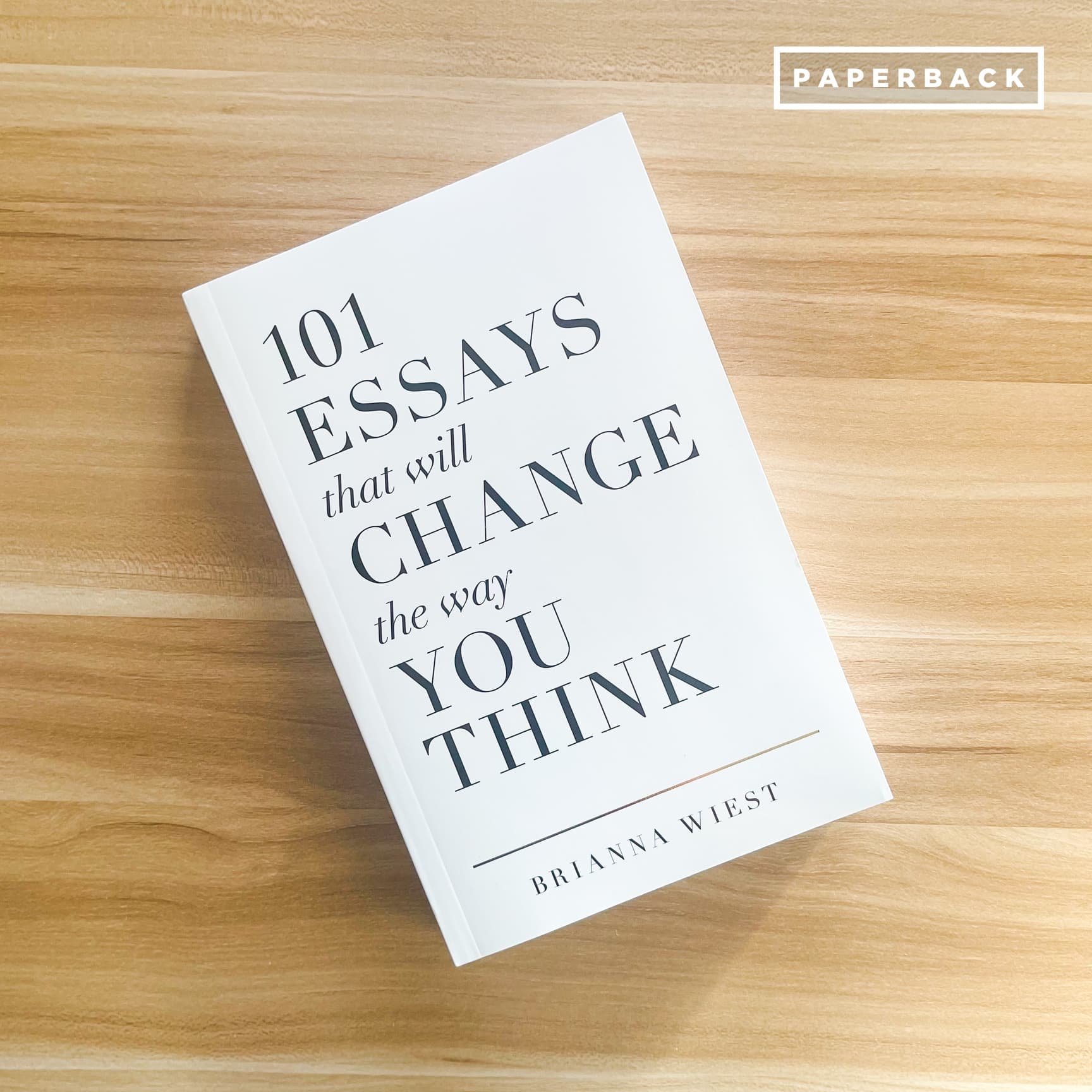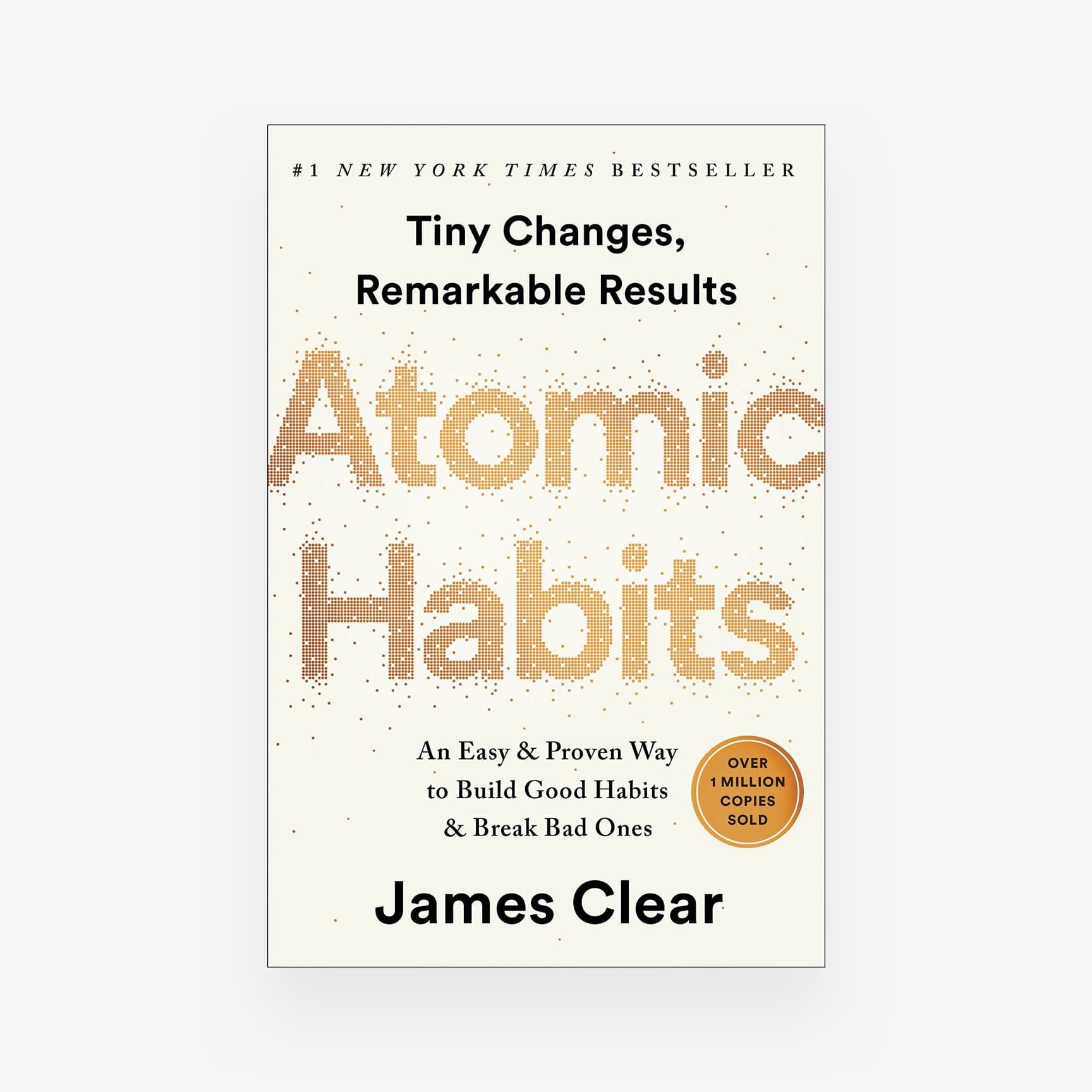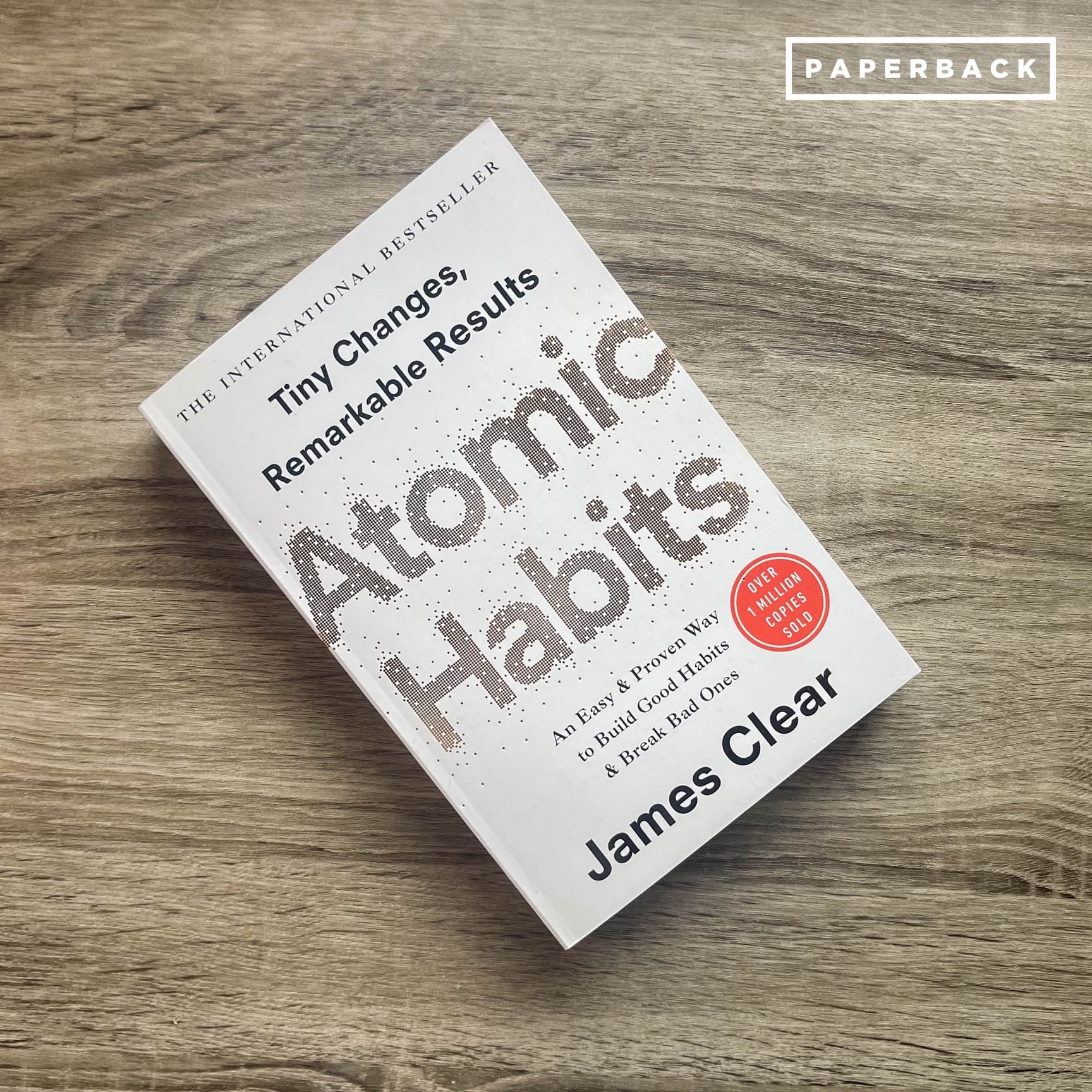Let me guess—you sat down to read this, got up to check your phone, remembered the laundry, made a snack, and then somehow ended up on YouTube. If that sounds familiar, you’re not lazy. You’re not broken. You might just have ADHD.
As someone who’s dealt with ADHD symptoms most of my life, I know what it’s like to desperately want to focus and still feel like your brain is pulling you in ten directions at once. Whether it’s school, work, or even hobbies you want to enjoy, ADHD can turn everyday tasks into exhausting uphill battles.
But here’s the truth: while ADHD can make focus more challenging, it’s not impossible. With the right tools, mindset, and support, you can take back control. These nine strategies have helped me—and countless others—not only get things done, but feel proud doing it.
What Is ADHD, Really?
ADHD (Attention-Deficit/Hyperactivity Disorder) isn’t about lacking willpower. It’s a neurodevelopmental condition that affects how the brain regulates attention, impulses, and motivation. According to the CDC, around 5–7% of adults worldwide live with ADHD—though many go undiagnosed.
People with ADHD often experience:
-
Trouble focusing or staying on task
-
Easily getting distracted or bored
-
Difficulty organizing, prioritizing, and managing time
-
Restlessness or impulsivity
-
“Hyperfocus” on certain tasks while ignoring others
This combination can lead to frustration, low self-esteem, and burnout. But understanding your brain is the first step to working with it—not against it.
1. Break Tasks Into Micro-Steps
Big tasks feel overwhelming to an ADHD brain. The trick? Break them down into tiny, specific chunks.
Instead of saying, “I need to write that report,” try:
-
Open the document
-
Write the title
-
List three bullet points
-
Set a timer for 10 minutes of writing
Each small step gives your brain a dopamine boost—your brain’s way of saying “good job!”—which builds momentum.
The Zeigarnik Effect, a psychological principle, shows we’re more likely to finish tasks once we start them. So just begin. Even badly. Progress beats perfection.
2. Use Timers and the Pomodoro Technique
Time blindness is common in ADHD. Minutes can feel like seconds—or hours. That’s why external structure is key.
The Pomodoro Technique works like this:
-
Set a timer for 25 minutes of focused work
-
Take a 5-minute break
-
Repeat 4 times, then take a longer 20–30 minute break
Tools like Forest, Focus To-Do, or even a kitchen timer can help you stay on track. The goal isn’t to force 100% focus, but to gently guide your brain back when it wanders.
3. Eliminate “Invisible” Distractions
Your phone, email notifications, clutter, background noise—these are kryptonite for ADHD focus.
Try this:
-
Put your phone on airplane mode or in another room
-
Use noise-canceling headphones or a playlist with brown noise
-
Tidy your workspace before starting (even just 2 minutes can help)
-
Use website blockers like Cold Turkey or Freedom
Reducing distractions is about removing the temptation before your brain has a chance to chase it.
4. Make Boring Tasks More Stimulating
ADHD brains crave stimulation. That’s why mundane tasks feel so painful.
Make them more engaging by:
-
Listening to music or a podcast while cleaning
-
Turning a task into a game (e.g., “Can I finish this email before the song ends?”)
-
Working in a new environment, like a café or library
-
Adding a reward (like a snack or break) after a task is complete
According to ADDitude Magazine, combining stimulation with structure can help keep your brain interested—and productive.
5. Create Visual Reminders and Checklists
If it’s not visible, it might as well not exist. That’s why out-of-sight equals out-of-mind for people with ADHD.
Use:
-
Sticky notes on your wall or mirror
-
Digital tools like Trello, Notion, or Todoist
-
A whiteboard for tracking your top 3 priorities
-
Color-coded calendars or visual timers
Visual systems help offload the pressure from your brain and make your goals tangible.
6. Use “Body Doubling” to Get Started
Ever notice how you can do something easily if someone else is doing it with you? That’s body doubling—a powerful focus tool for ADHD.
Whether it’s a coworker, a friend on Zoom, or even a silent YouTube study buddy, having someone “present” (even virtually) creates accountability and motivation.
Try virtual body doubling sessions or co-working spaces. Apps like Flown or Focusmate offer structured online sessions with others who just want to get things done—together.
7. Prioritize Sleep, Food, and Hydration
It sounds basic, but ADHD symptoms get 10x worse when you’re running on fumes.
Your brain needs:
-
7–9 hours of quality sleep
-
Protein-rich meals to support dopamine levels
-
Regular hydration to improve cognitive function
A 2021 study in Frontiers in Psychology showed that poor sleep directly worsens inattention and impulsivity in adults with ADHD. Treat your body like an ally in focus—not an afterthought.
8. Accept That Some Days Will Be Messy
You will have off days. That’s okay. ADHD is not a straight line of progress—it’s a wave. The goal isn’t perfection, but flexibility and self-compassion.
If you didn’t get everything done today, you didn’t fail. You’re human. Guilt and shame don’t help. Grace and understanding do.
Try reframing:
“I didn’t finish everything today, but I did show up. I’ll try again tomorrow.”
That mindset shift alone can lift a lot of weight from your shoulders.
9. Get Professional Support (If You Haven’t Already)
ADHD isn’t just a productivity issue—it’s a neurological condition. And it often exists alongside anxiety, depression, or executive dysfunction.
Talking to a mental health professional who specializes in ADHD can give you access to:
-
Coaching or therapy tailored for ADHD
-
Medication (like stimulants or non-stimulants) that can help regulate brain chemistry
-
Long-term strategies for time, focus, and emotional regulation
Medication isn’t for everyone, but it’s not a last resort or a sign of weakness. For many, it’s a game-changer.
Learning to Focus With ADHD Is Possible—And You’re Already Doing It
You’re not lazy. You’re not undisciplined. You have a brain that’s wired differently—and with the right tools, you can thrive.
Start with one strategy. Maybe it’s using a timer. Maybe it’s reaching out to someone for help. Every step you take is a win.
Focus with ADHD isn’t about working harder—it’s about working smarter, with systems that fit you.
And if you’ve read this far? You’re already more focused than you think.


